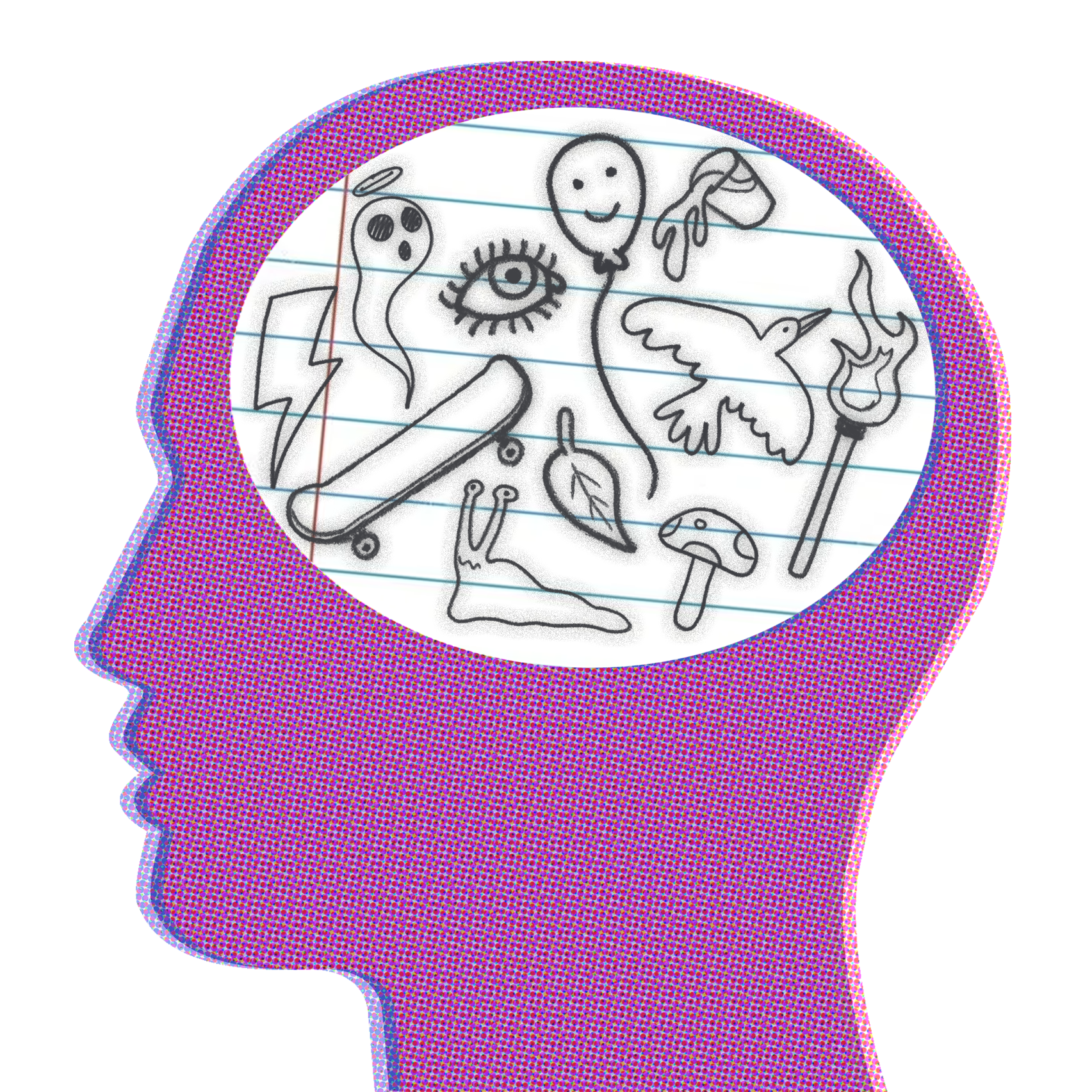Card

Without Words
This strategy encourages students to express an idea in a nonlinguistic manner. Use this strategy to help students elaborate on or expand upon their knowledge. This helps students both better understand and later recall the idea more easily.
Without Words
Summary
Demonstrations, diagrams, drawings, graphs, graphic organizers, mental images, movement, physical models, pictures, role-plays, and simulations are just a few examples of nonlinguistic representations. Students often struggle to demonstrate their understanding verbally or in writing (linguistically), and this strategy gives them an alternative approach to represent their thinking. As examples, students could close their eyes and create a mental image of the setting of a story or use their arms to show examples of acute angles. Keep in mind that using words or phrases, especially for labeling, is encouraged, but the goal is for students to avoid writing full sentences with their representations.
Procedure
Select a concept or piece of information for students to represent.
Let students select or assign the type of nonlinguistic representation: drawings, graphic organizers, role-plays, etc. These may be digital or physical creations.
If needed, provide students with materials needed for their representations.
Have students create their representations.
Consider having students explain and justify their representations.
Marzano. R.J., Pickering, D.J., & Pollock, J.E. (2001). Classroom instruction that works: Research-based strategies for increasing student achievement. Association for Supervision and Curriculum Development (ASCD).


